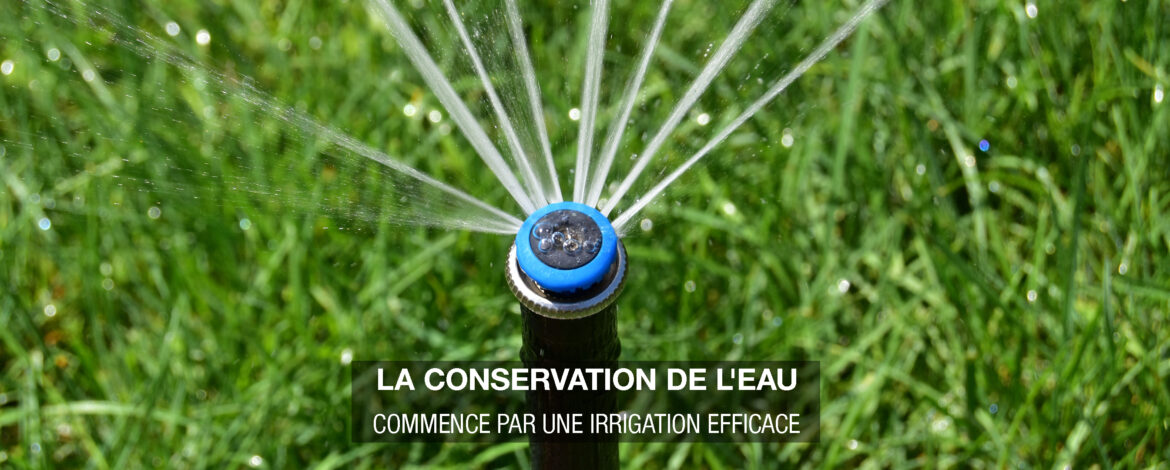At Vaquam, we firmly believe in the importance of water conservation, and we are dedicated to providing valuable insights to help you make informed decisions about efficient irrigation methods. This article aims to be a definitive resource, covering various aspects of water conservation through efficient irrigation techniques.
Understanding the Need for Water Conservation
Water is a precious natural resource, and conserving it is crucial for our planet’s sustainability. Water scarcity becomes a pressing issue as the global population grows and climate change impacts weather patterns. One of the significant contributors to water wastage is inefficient irrigation practices in agriculture, landscaping, and urban areas. Addressing this issue is essential to secure a sustainable future for future generations.
The Role of Efficient Irrigation in Water Conservation
Efficient irrigation plays a pivotal role in preserving water resources while maximizing productivity. By adopting water-efficient irrigation techniques, we can significantly reduce water wastage and promote responsible water usage. Let’s explore some of the key irrigation methods that can lead to effective water conservation:
1. Drip Irrigation
Drip irrigation is a precise and targeted watering method that delivers water directly to the plant’s root zone. This technique minimizes evaporation and runoff, resulting in higher water-use efficiency. Drip irrigation is ideal for gardens, orchards, and crop fields, as it optimizes water delivery and reduces water consumption.
2. Smart Irrigation Controllers
Smart irrigation controllers utilize advanced technology to adjust watering schedules based on real-time weather data and soil moisture levels. By integrating weather forecasts and sensor data, these controllers ensure that plants receive the right amount of water at the right time, eliminating water waste caused by overwatering.
3. Rainwater Harvesting
Harvesting rainwater is an eco-friendly way to collect and store rainwater for later use in irrigation. By capturing rainwater from rooftops and other surfaces, we can reduce reliance on potable water sources and contribute to water conservation efforts.
4. Xeriscaping
Xeriscaping involves designing landscapes with drought-resistant plants that require minimal water. This landscaping approach not only saves water but also reduces maintenance costs and fosters biodiversity in urban areas.
The Benefits of Water Conservation through Efficient Irrigation
Embracing water conservation through efficient irrigation brings forth a multitude of advantages, including:
a. Reduced Water Bills
By using water wisely and minimizing wastage, property owners can witness a significant reduction in their water bills. Efficient irrigation leads to cost savings in the long run, making it a financially prudent choice.
b. Environmental Sustainability
Preserving water resources has a direct positive impact on the environment. Conserving water helps maintain aquatic ecosystems, supports wildlife habitats, and mitigates the ecological consequences of water scarcity.
c. Increased Crop Yields
In agriculture, efficient irrigation practices ensure that crops receive the right amount of water without being over or underwatered. This precision results in improved crop yields and better agricultural productivity.
d. Community Water Security
Water conservation efforts contribute to ensuring a stable and reliable water supply for communities, even during droughts or water restrictions. This fosters water security and resilience in the face of climate variability.
Implementing Water Conservation Strategies
To achieve the utmost benefits of water conservation, it’s essential to adopt effective strategies. Here are some actionable steps to implement water-efficient irrigation:
a. Conduct Regular Audits
Periodic assessments of your irrigation system are vital to identify leaks, blockages, or inefficiencies. Fixing these issues promptly can save substantial amounts of water.
b. Educate and Train
Empower your team or household members with knowledge about water conservation and efficient irrigation practices. Training them to use irrigation equipment properly can make a significant difference in water usage.
c. Utilize Native Plants
Incorporate native and drought-tolerant plants in your landscaping to reduce water requirements. Native flora is adapted to the local climate and typically demands less irrigation.
d. Opt for Modern Irrigation Technology
Invest in smart irrigation controllers, moisture sensors, and other water-saving devices to optimize irrigation and minimize water wastage.
Conclusion
In conclusion, water conservation starts with efficient irrigation, and it is our collective responsibility to embrace sustainable practices. By adopting water-efficient irrigation methods like drip irrigation, smart controllers, rainwater harvesting, and xeriscaping, we can safeguard our precious water resources for future generations.
At Vaquam, we are committed to promoting water conservation and sustainable practices. Join us in our endeavor to protect the environment and secure a better tomorrow.
Image by Bernhard Brenner on Pixabay

